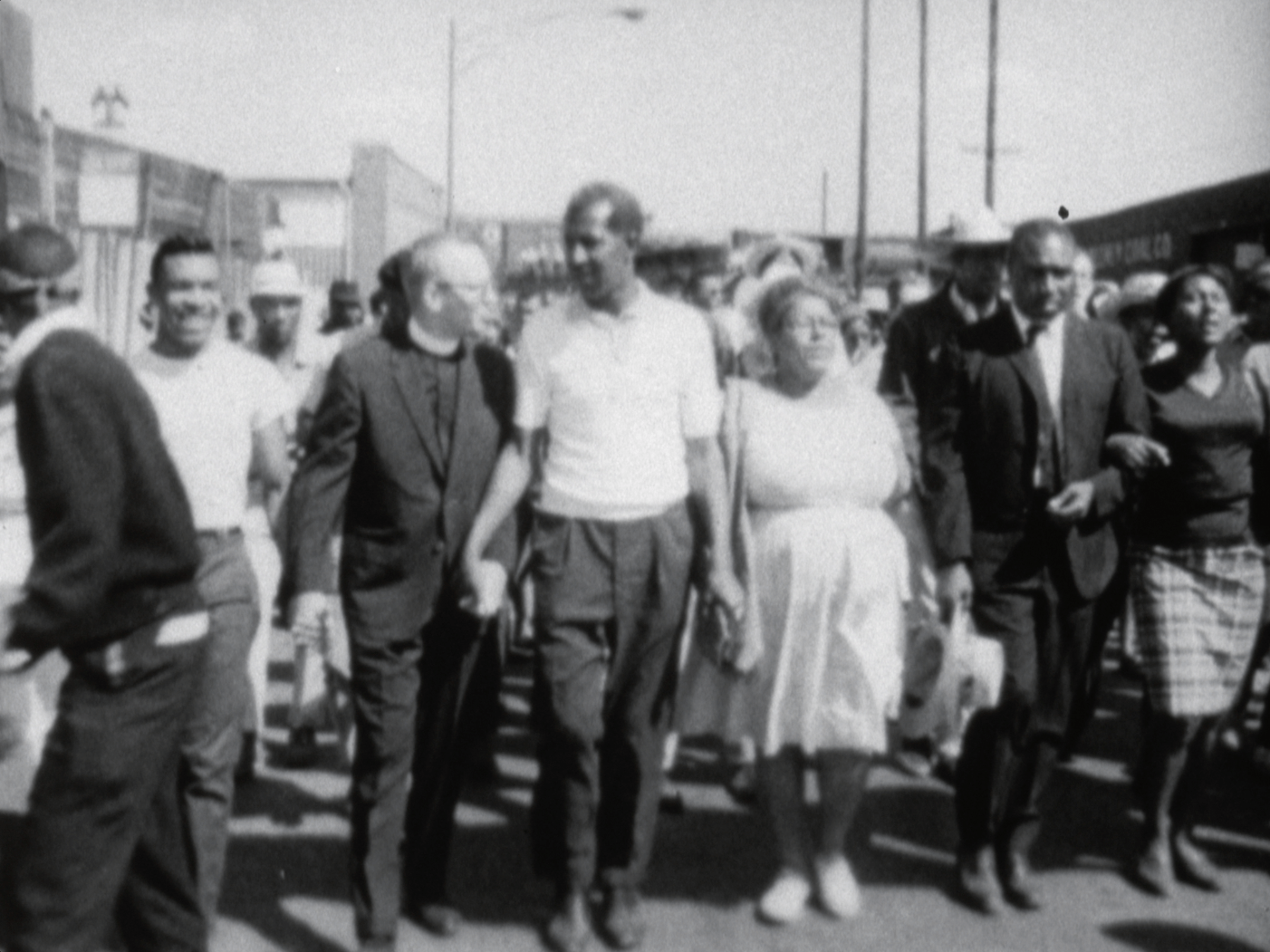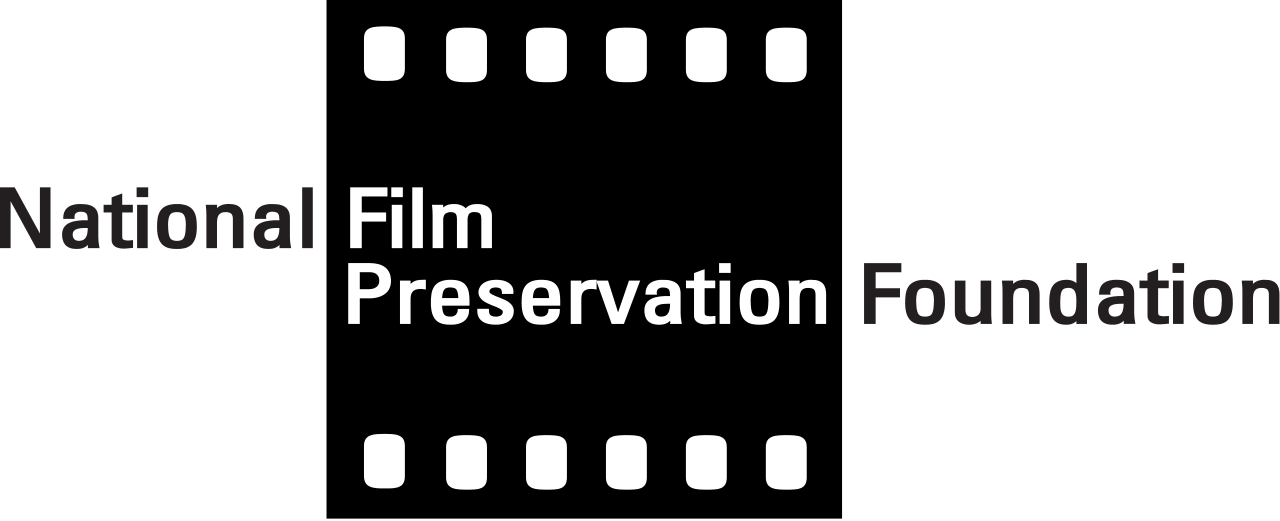The Urban Crisis and the New Militants Series

Module 1. The Right to Dissent: A Press Conference, records a pre-convention press conference of the National Committee to End in the War in Vietnam. David Dellinger and Rennie Davis recount their difficulties in dealing with the City of Chicago to plan their protests against the 1968 Democratic Convention.
Module 2. Social Confrontation: The Battle of Michigan Ave. shows the events of Wednesday, August 28 at the 1968 Democratic Convention including National Guardsmen detaining protesters, mass arrests near Grant Park, and Mayor Daley cursing at opponents from the convention floor.
Module 3. Law and Order vs. Dissent intercuts footage of the police response to the demonstrations at the 1968 Democation Convention with press conferences by Mayor Richard J. Daley and a spokesman for the Chicago Police Department in which they place the blame for the violence on the student protestors.
Module 4. The People’s Right to Know: Police vs. Reporters interviews photojournalist Paul Sequeira on his experience covering the 1968 Convention and the police attempts to physically restrict reporters’ access.
Module 5. Police Power and Freedom of Assembly: The Gregory March, documents the protests on Thursday, August 29th at the 1968 Democratic National Convention. Comedian/activist Dick Gregory is arrested as he attempts to lead a march to break the police cordon around the Chicago Loop. This film is incorporated into the Film Group’s feature American Revolution II.
Module 6. Black Moderates and Black Militants documents an unrehearsed conversation between three members of the Chicago Chapter of the Black Panther Party, including future congressman Bobby Rush, and the principal of an African American high school. The two groups respectfully debate the varied strategies for ending racism.
Module 7. Cicero March details a civil rights march on September 4, 1966. Robert Lucas led activists through Cicero to protest restrictions in housing laws. White residents of Cicero respond with vitriolic jeers as the police struggle to prevent a riot.



